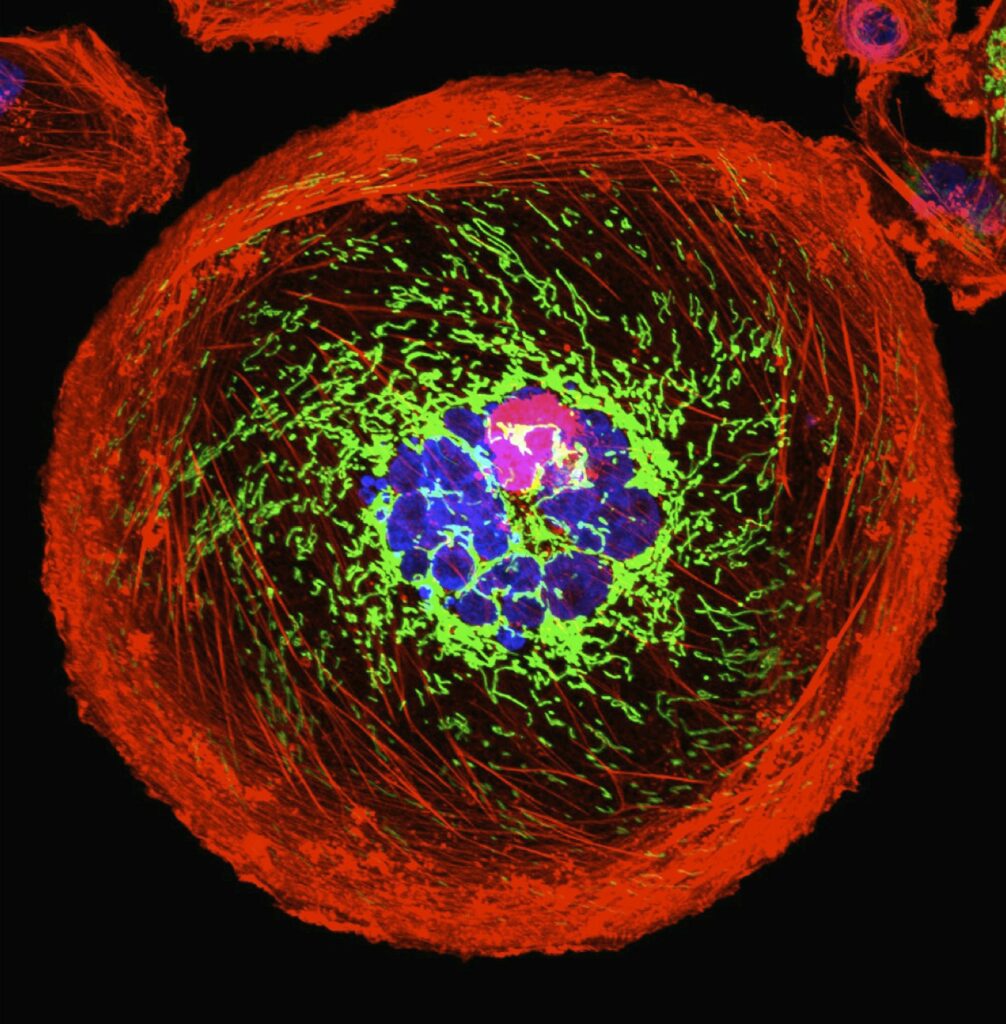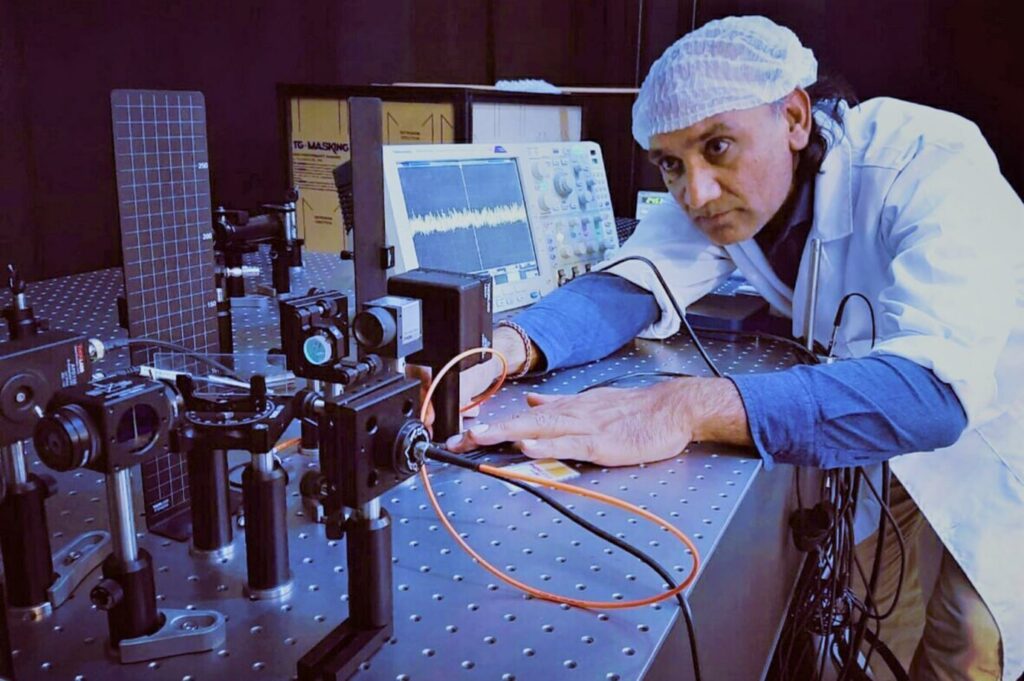In the realm of laser-powered quantum computers, a critical need exists for a system capable of precisely counting and differentiating individual light particles, known as photons. For such quantum computers to function effectively, they require the capability to discern over 50 photons in mere nanoseconds.
A team of experts in a collaborative effort from the Thomas Jefferson National Accelerator Facility and the University of Virginia has now developed, constructed, and successfully tested a photon detection system tailored for this purpose, achieving a remarkable feat by accurately resolving over 100 photons in just a few microseconds. This breakthrough not only demonstrates the practicality of laser-powered quantum computers but also paves the way for the integration of a “cubic phase gate,” which is crucial for enhancing the robustness and fault tolerance of quantum computing calculations.
This advancement in photon detection technology marks a significant leap in quantum computing capabilities. It holds immense potential not only in scientific advancements but also in elevating economic development and bolstering national security. Traditional computer-generated random numbers, though seemingly arbitrary, are derived from algorithms that are potentially vulnerable to decryption. The quantum generation of genuinely random numbers, facilitated by this new technology, promises the creation of indecipherable codes and encryptions, which are vital in military and financial applications.
The quest for quantum computing has led researchers to explore photonic systems, which entirely rely on light. Accurate quantum detection of photons is a cornerstone of such systems. Existing prototype detectors in this domain can typically identify less than 20 photons. However, simulations indicate that effective quantum computing demands the detection of at least 50 photons. Achieving this threshold is synonymous with the successful implementation of a “cubic phase gate,” a critical component in establishing a comprehensive gate set for universal quantum computing.
The researchers focused on an existing photon-based quantum computer setup that utilizes a pulsed laser for quantum calculations. The original photon detector in this setup fell short in rapidly and precisely counting photons before signal degradation. To address this, the team introduced a new detector system comprising three interconnected superconducting transition-edge sensor (TES) devices, complemented by a novel, high-speed digitizer. In tests, this innovative three-detector prototype not only reached the 100-photon mark but also demonstrated 12-bit accuracy.

The development and testing of this photon detection system were made possible through support from various institutions. Funding was provided by the U.S. Department of Energy Office of Science, the Office of Nuclear Physics, the National Science Foundation, the National Research Council Research Associate Program, the Air Force Research Laboratory Summer Faculty Fellowship Program, the Air Force Office of Scientific Research, and the Thomas Jefferson National Accelerator Facility Lab Directed Research and Development program.
Original source material for this article: Department of Energy, Office of Science
Featured image: Credit: Home Save, PlaygroundAI
If you found this article to be informative, you can explore more current quantum news here, exclusives, interviews, and podcasts.



















